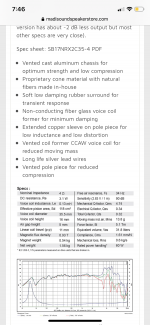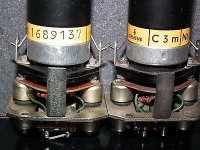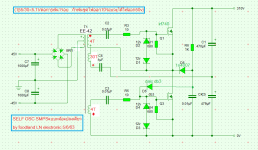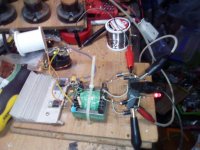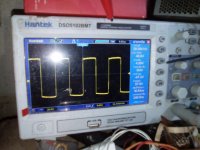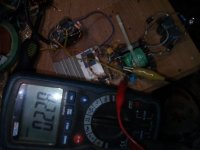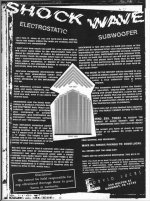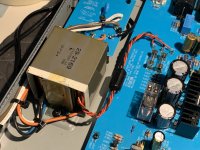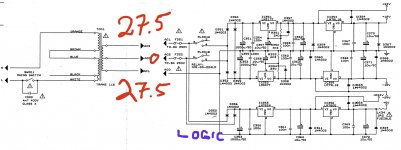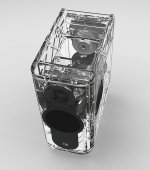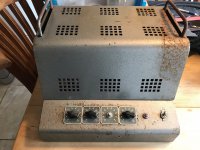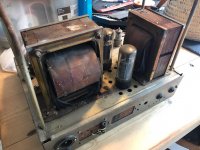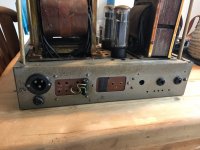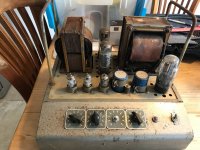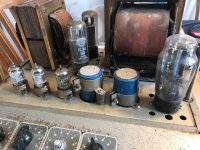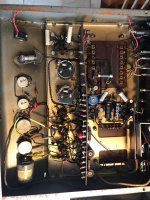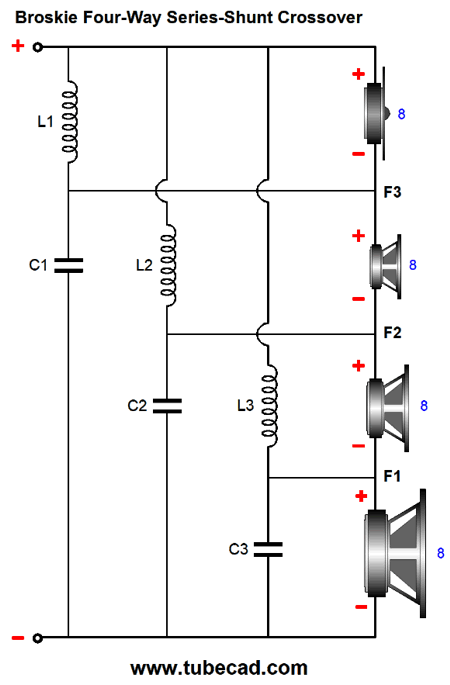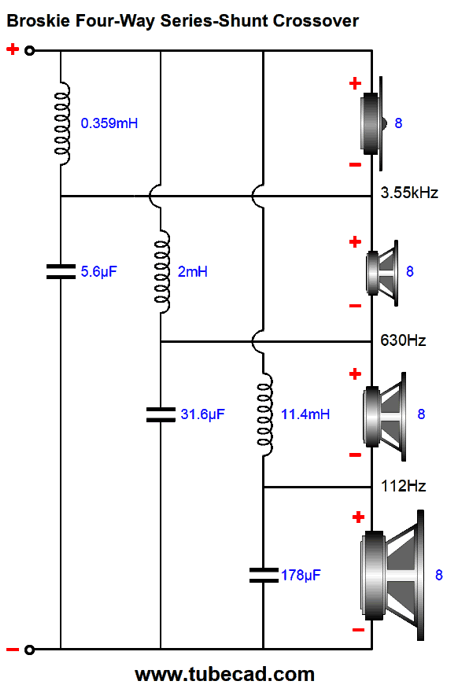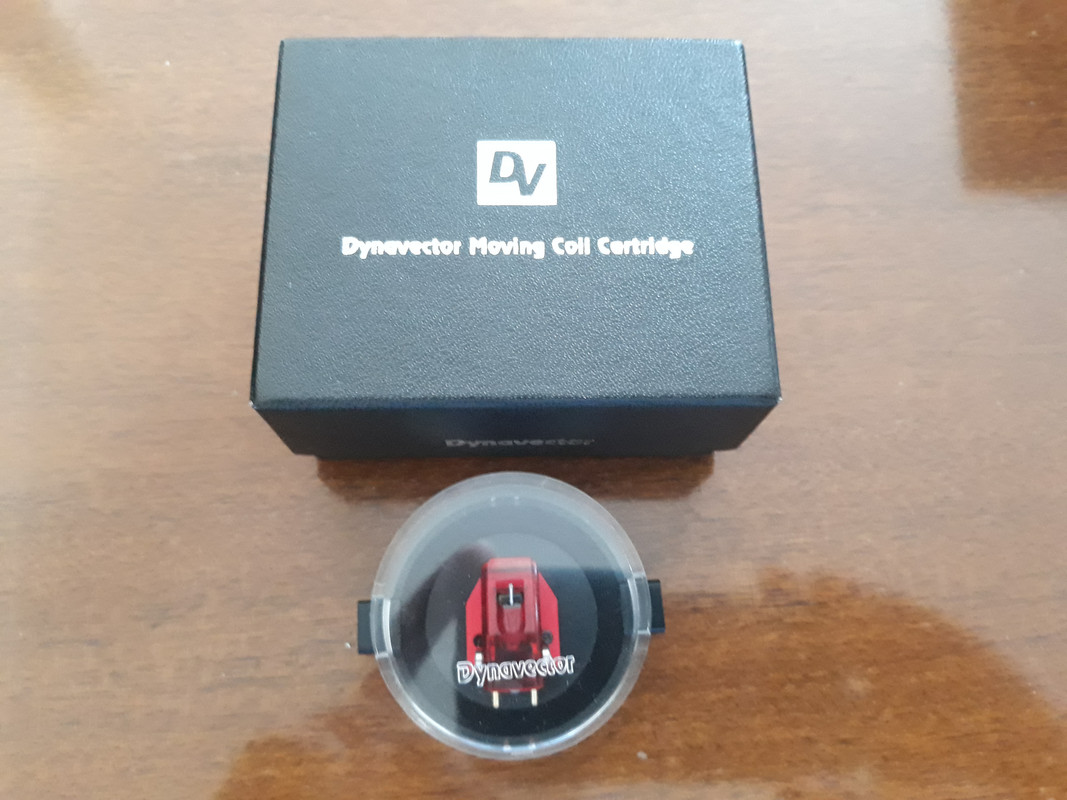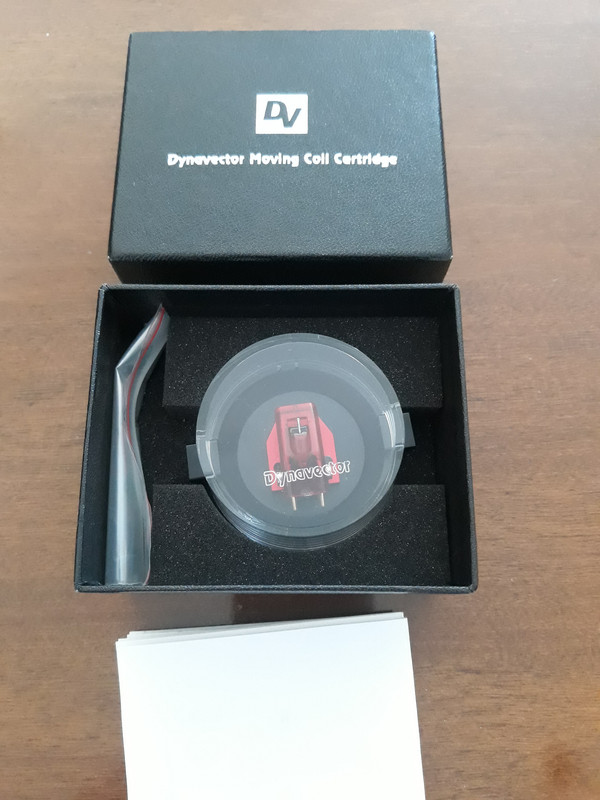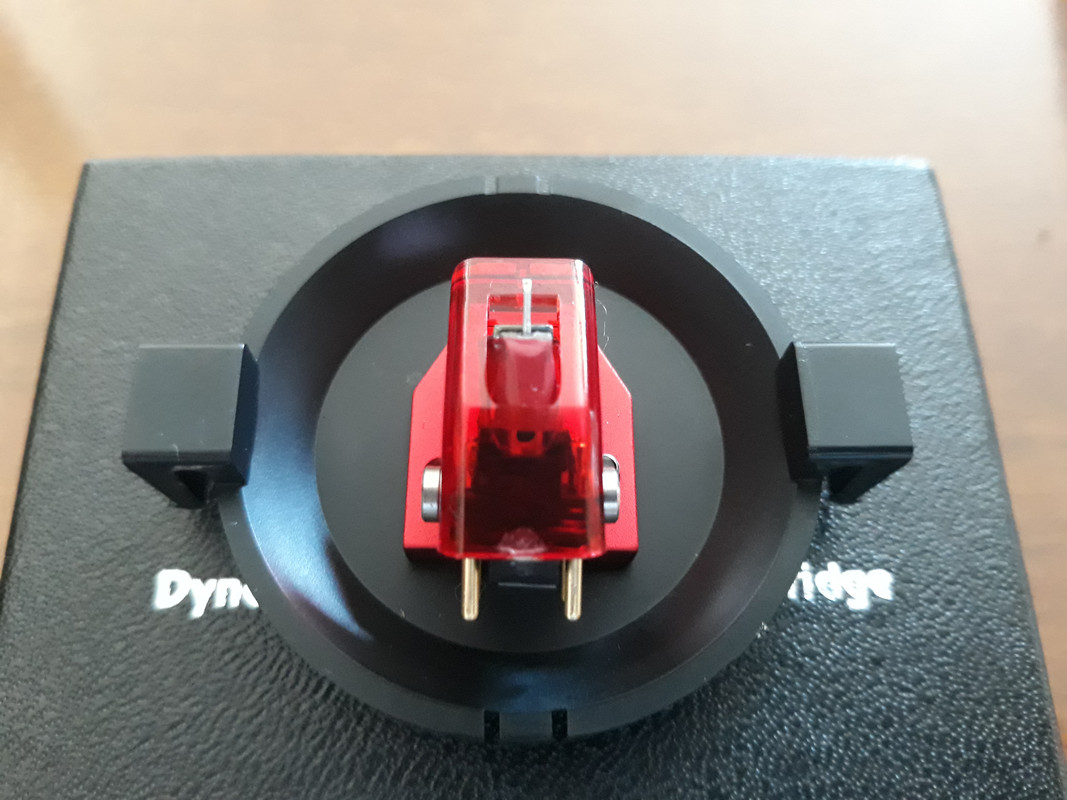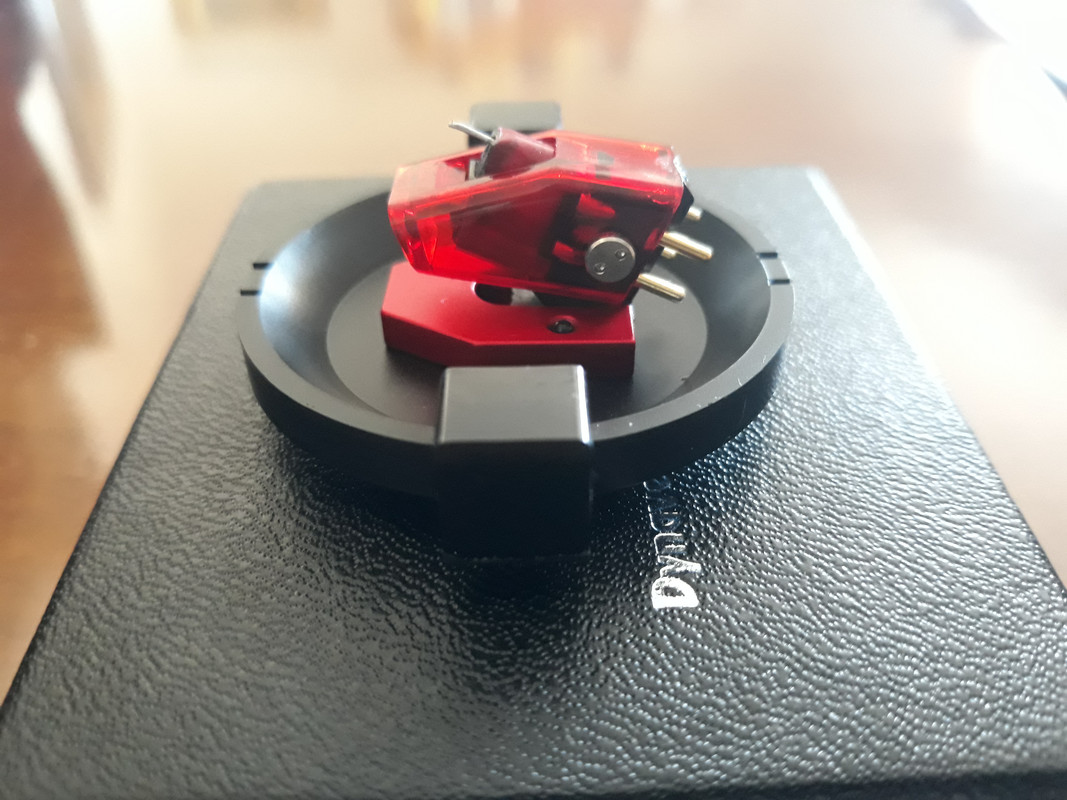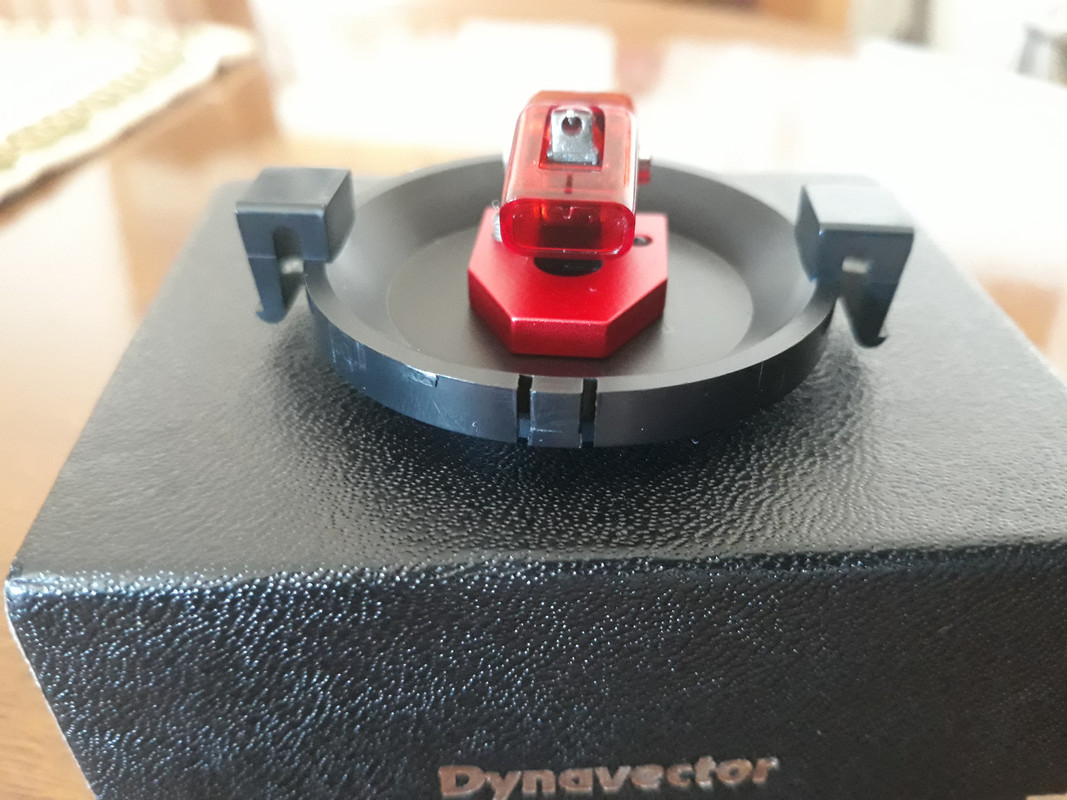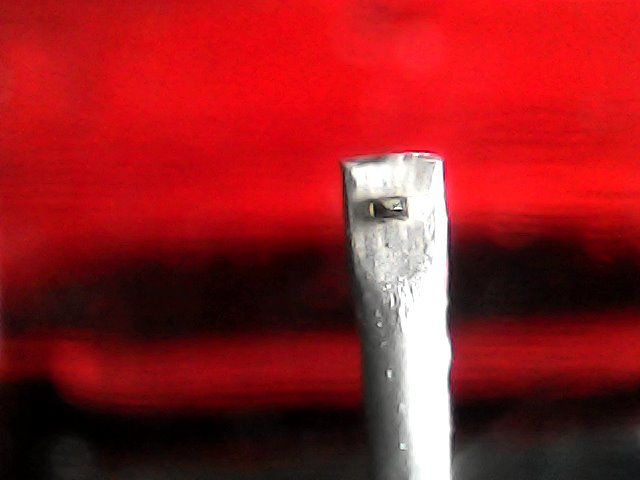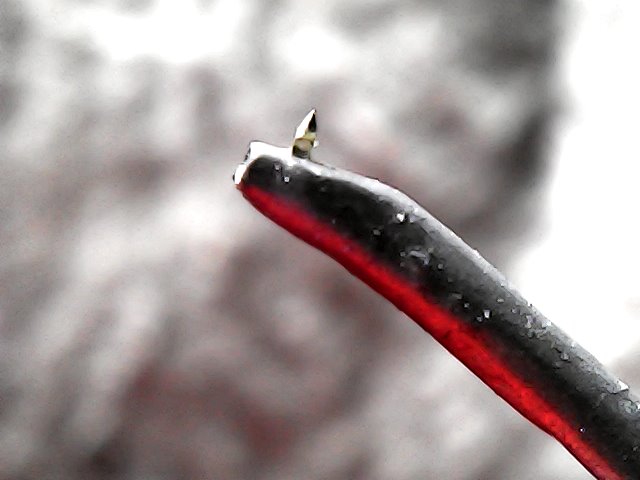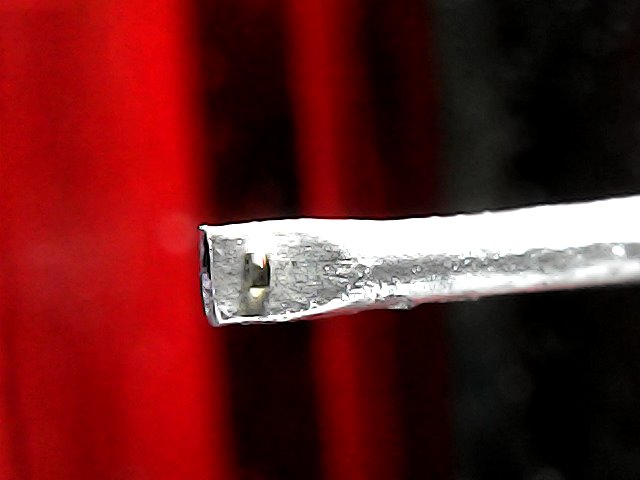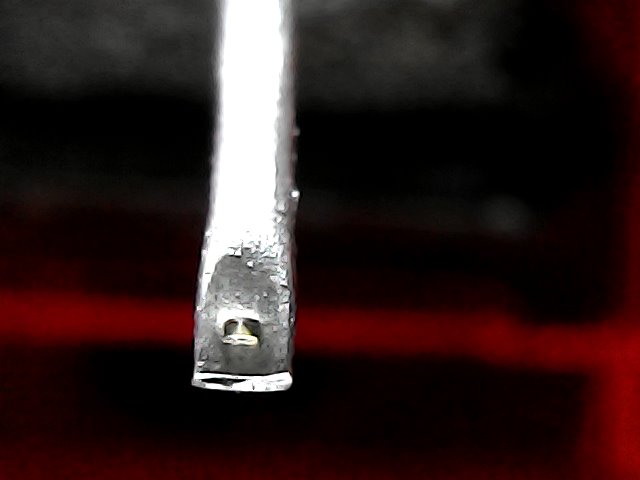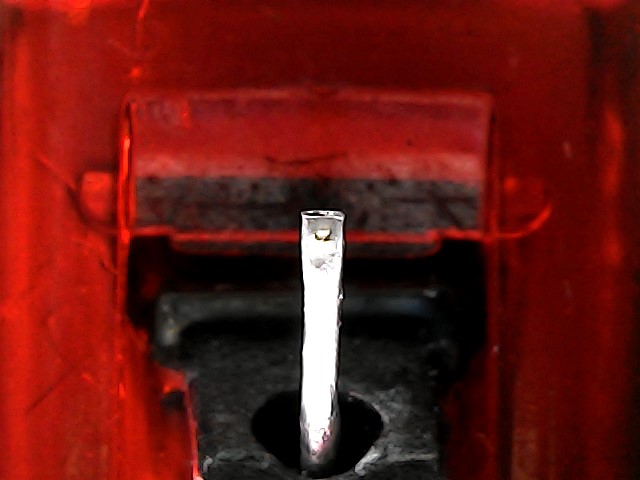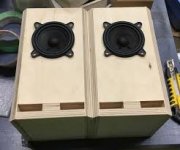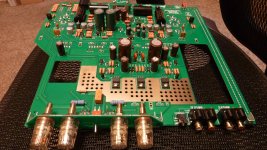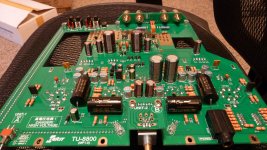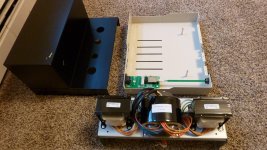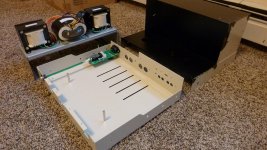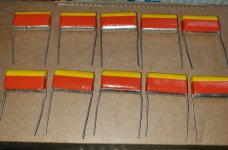Talk about a mouthful, haha. Apologies for the ensuing grammatical and paragraphical mess as sentence and paragraph structure were never a strong suit of mine.
But anyways I'm looking to build a (large) boombox powered by a couple truck batteries with a couple subs, like 4 mids, and a few tweeters to fit across a truck bed and be able to be brought into a garage or taken to a tailgate for a sporting event or a field fire. I'm starting completely from scratch with this project and just looking for advice, insight, and recommendations on the build. If it matters my budget is $1k or less. But mostly I just want this to be balls-to-the-wall and awesome and crazy. The type of thing that'll catch peoples eyes and ears. Make 'em hark back to when they saw their first ghetto blaster way back when. A movin', groovin', big 'ol f'in boombox.
Starting off with the actual box enclosure materials, I could use a fiberboard or other wood type material or I can buy or get scrap sheet steel/ aluminum and have some of my rigwelder buddies stop by on their way to the fields. Biggest problems with that are: Not too timely (not entirely concerned with time) due to welders being pretty much on call and itching for tests and jobs around with the whole COVID-19 situation, and I'm not entirely sure how a metal frame and enclosure would affect the sound. Perhaps a combination of materials? But then again I just don't have a clue about speaker box/ boombox-making.
Onto the components.
Stereo Receiver: I'm planning on using just a basic bluetooth-capable car radio that you can find for around $50 or less. Might end up going with a marine radio for the splash and water rating for peace of mind on my end (but not my wallet's
😀)
Subs: I figured two 10-inch subs should be enough to make the typical bass-heavy music for such atmospheres as tailgates and parties really pop, but if 8's would work great then that would help make for a smaller box footprint and/or more real estate on the boombox for whatever.
Mid-Range speakers: Those oval/ oblong speakers look pretty slick and would help in giving the box a certain look, but I don't know if they'd be able to really crank up there for a loud music scenario. I'd like for the box to be able to get pretty loud without any sort of audio distortion and grainy-ness if that makes sense.
Tweeters: Figured a couple tweeters dotting the outside would help out with reaching the higher trebles of EDM music along with making some vocals and guitar solos and such really pop.
Power Supply: This is where I'm really scratching my head. Two big 12v diesel truck batteries should be able to power this thing, but for how long? A couple hours, max? I mean I plan on splicing in a 120v AC to 12v DC converter so I can just plug it in and go, but I still have to dig deeper on that. It'd be cool to figure out how to set up the power system so that I can charge the batteries and use the box at the same time without having to plug in to two outlets, but that also comes with having to fit a 12v car charger into the body of the boombox.
Amp for the System: ???? I have absolutely no clue about what sort of amp to use for a project like this.
If it's clear to you that I have only very basic surface knowledge then this post has proven one of it's points. Cuz I'm clueless out here and really in need of some solid advice. I appreciate those who have made it this far in reading. I can only imagine how hard it's been on the eyes.

Also: I had absolutely no clue as to which forum to post this in so if you could clue me in to the appropriate forum for this that'd be great!
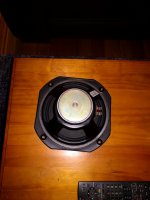
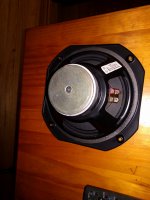
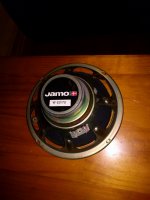
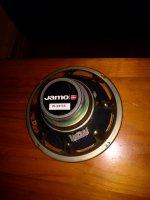
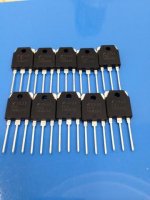
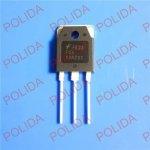
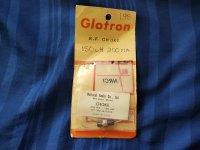
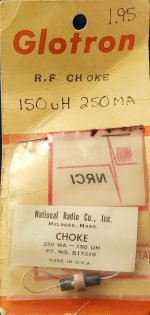
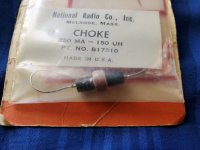
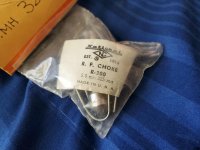
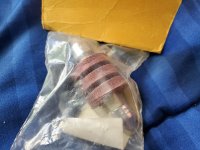
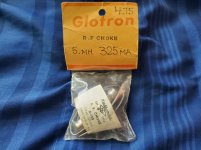
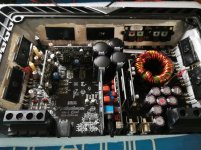
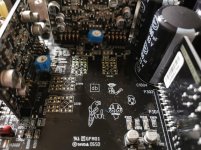
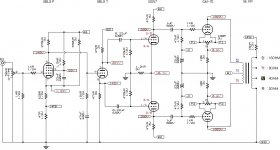
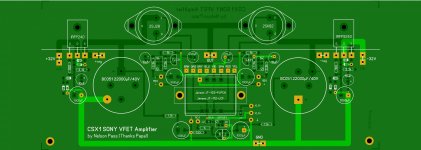
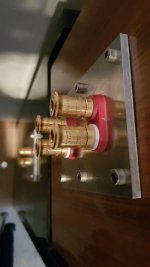
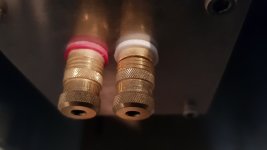
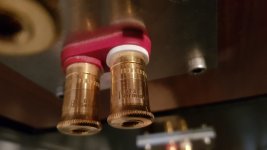
 Also: I had absolutely no clue as to which forum to post this in so if you could clue me in to the appropriate forum for this that'd be great!
Also: I had absolutely no clue as to which forum to post this in so if you could clue me in to the appropriate forum for this that'd be great!
